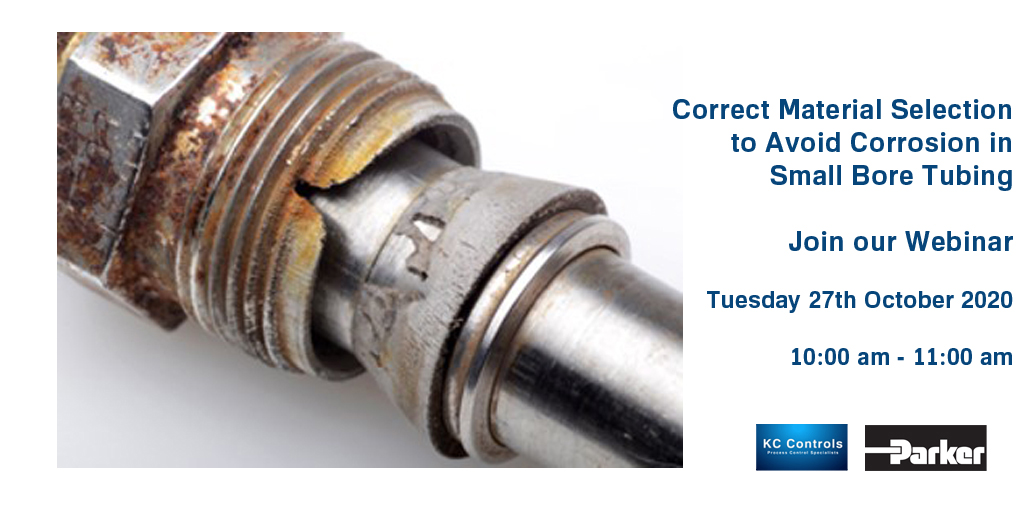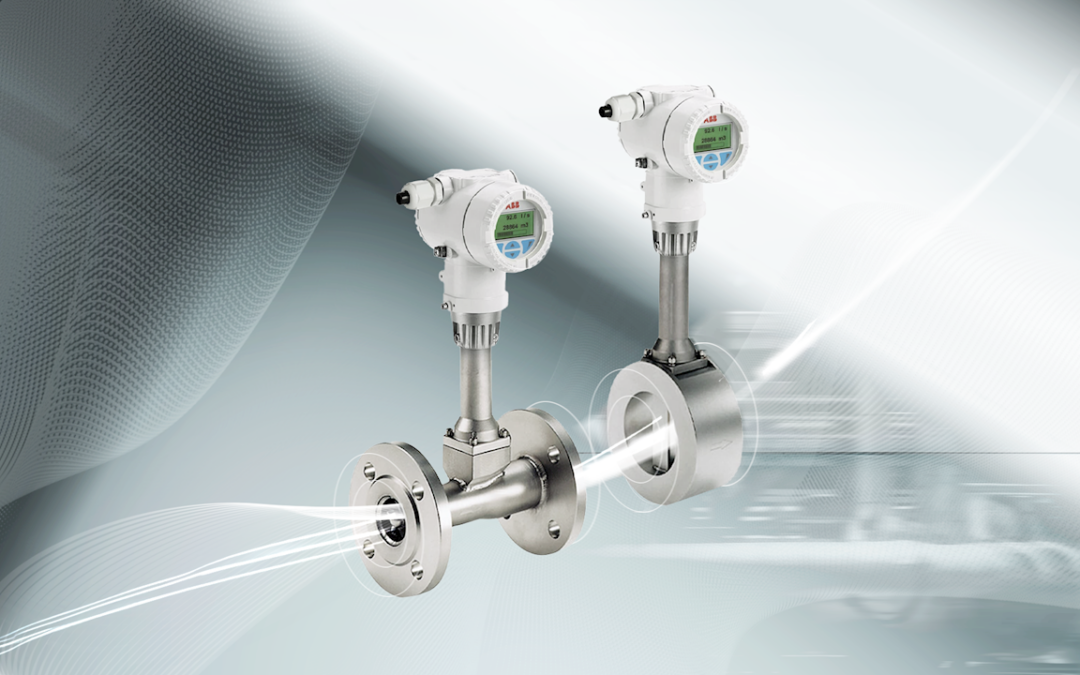Corrosion is a major challenge for many design engineers and specifiers in the general industrial market. Choosing the right materials is critical to ensure optimal performance, as even the highest quality products can fail if not used properly.
Materials selection: three key questions to answer

Q1. Is the material composition susceptible to cracking?
As this diagram shows, if potentially corrosive media (such as chloride containing compounds) needs to be contained and the material is susceptible to cracking, corrosion can occur. Material susceptibility is not purely about chemistry, though; factors such as material processing, specific microstructure and surface condition are also important.
Q2. Is the application environment potentially corrosive?
Environmental factors can include a range of parameters – chemical composition, flow rate, temperature, or electrode potential, which can be aggressive and lead to corrosion and cracking.
Q3. Is the material concentrated load under tensile stress?
Stress can be imparted into a component in various ways – from service stress and vibration to residual stress derived from manufacturing processes or heat treatment.
Answering these questions helps to build a picture of what is appropriate for the individual circumstances. A small investment of time upfront can make a big difference to the longer-term success of an installation.
Materials selection and cost-efficiency
If a specific mix of materials was used successfully for a previous project, it can be tempting to rely on what has gone before. But that is not always a good idea.
With more than 300,000 product materials to choose from, materials selection presents a big challenge for many specifiers. It’s easy to feel spoilt for choice or be overwhelmed by the range of options available. But adding extra elements can complicate things… sometimes, just one material might be enough for the job! It’s important to know when adding a small amount of an element could increase costs, without any obvious customer benefit.
Conditions in many industries have changed; and it’s important to keep adapting materials to reflect this. Climate change is also key. For example, if summer temperatures have raised by a few degrees, some materials suitable in the past may no longer be appropriate.
It’s worth bearing in mind that:
- Cheaper initial costs aren’t necessarily the most cost-effective option
- There’s a difference between what is technically possible, and the best solution for installation.
Not all alloys are created equal, and even identical chemistries can lead to different final products. Parker’s 316 stainless steel A-LOK® tube fittings with min. 10% of nickel content has operated successfully in critical applications for 50+ years.
Good steel combines chemistry and processing. Parker tightly controls all specifications in terms of raw material quality, corrosion performance, mechanical properties, and heat treatment. Production routes are controlled from melting to a machined product; this ensures that customers get the best possible performance for their applications and a material that offers full traceability.
Managing risk when mixing materials
To get optimal results from your budget, it’s helpful to use the best material for the job, at the lowest possible cost. But when budgets are under pressure, some engineers may mix alloys on the same application.
Although using dissimilar materials seems like an easy way to save costs, it can be risky. Just because something looks strong and resilient, doesn’t mean that it will last for a long time. And mixing dissimilar materials for instrumentation can lead to SCC, where localised attacks at one point gradually progress to other areas of the system. SCC can lead to fatal failures.
NORSOK Standard M-001 Materials Selection states that:
“‘At galvanic connections between dissimilar materials without isolation, it can be assumed that the local corrosion rate near the interface is approximately 3 times higher than the average corrosion rate. Particular systems may have higher corrosion rates depending on area ratio and material combinations.”
If a proposed application is highly demanding and requires expensive material, that’s likely to be important across the whole system. Ultimately the whole system operates in the same environment, contains the same media, and operates at the same pressure; therefore, it makes sense to use the same material throughout, rather than (say) using one material for the tubing and another for fittings.
Not everyone has access to a materials expert with their projects, but Parker’s specialist metallurgists bring many years of experience. This helps engineers identify the best materials for an application and predict likely failure risks. For example, using 316 stainless steel in seawater may not be a good choice because it is more susceptible to corrosion; but alternatives such as super austenitic stainless steel 6Mo (UNS S31254) or nickel alloy C276 (UNS N10276) may work, as they are designed to withstand chloride-containing environments with greater resistance to pitting or crevice corrosion.
For more information on Parker products, please feel free to fill out our contact form below and a member of KC Controls will be in contact.







